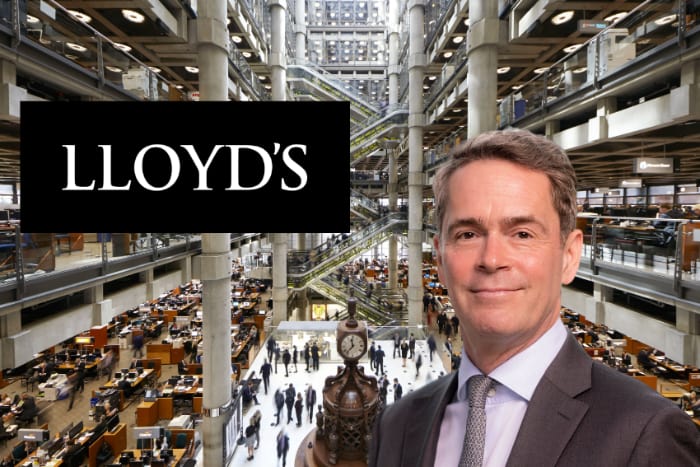Industry must focus on investor needs and transparency: Lloyd’s CFO Keese

To attract more capital to the insurance and reinsurance market, including through insurance-linked securities (ILS) opportunities, there is a need for a greater focus on investor needs and delivering transparency, something Lloyd’s CFO Burkhard Keese said his employer is working towards.
Speaking during the Q1 2024 Market Message presentation at Lloyd’s on March 7th, Chief Financial Officer (CFO) Burkhard Keese laid out some of the progress that has been made by the market in attracting capital, but also highlighted issues that have held back capital raising over the last year.
After commenting on the strong underwriting performance that Lloyd’s previewed yesterday, as reported by our sister publication Reinsurance News, Keese went on to sector discuss capital.
“Despite the stellar underwriting conditions very little fresh capital flowed into the insurance and alternative asset markets, and many promising capital raising initiatives had to be abandoned last year.
“I believe the industry must focus more on investor needs,” Keese said.
Going on to explain that, “Without any doubt, we must deliver adequate returns, which we obviously didn’t do over the last five to seven years.
“Investors will expect them to be able to earn back losses, therefore, price adequacy, and embedding the lessons-learned is key.”
Keese then said that one good year is not going to be sufficient to earn back the trust of capital and that the insurance and reinsurance market, as well as Lloyd’s, needs to deliver a better service to institutional investors, if it is to prove attractive to them.
“Clear market prices provide good transparencies to investors. This is not easy to achieve, but we must be aware of this request and the cat bond market has done this already,” Keese explained. “Complete transparency of fully-modelled and validated risk-return profiles are requested by most of our institutional investors and their investment committees. Track records are also needed.
“This is why we have created EP curves for the Lloyds market. These EP cures represent the probability of profitability and tells the Lloyd’s story in a quantitative way and this story is a really good one.”
He explained that, “The EP curves tell you how likely it is to make returns, show you the expected returns and expected volatility.”
Keese then said that the EP curves show that investing at Lloyd’s can be “super attractive” and that in developing them, “We have back tested and validated these results and will engage a third-party for independent validation.”
Keese added that the Lloyd’s EP curves will enable “the best performers to demonstrate their capabilities as good partners to long term investors.”
This is a good initiative that will help investors better-understand what a capital allocation to Lloyd’s can deliver them, enhancing transparency around the market’s performance across key lines of business.
“Last but not least,” Keese told the Lloyd’s market, “Investors like to see predictability of cash flows and I think we can do better here.”
Summing up by saying, “In summary, discipline and transparency must be maintained to deliver value to our investors and we must become more transparent.
“This will ensure that capital flows to the best and most disciplined underwriters.
“After the successful completion of our remediation exercise, it is now time to focus on cost reductions of doing business at Lloyds and providing transparency to investors and telling the Lloyd’s story even better and this is exactly our focus for 2024.”
Keese’s advice and the focus at Lloyd’s on providing investor transparency and improved investor servicing is just as relevant advice for the insurance-linked securities (ILS) community.
With interest in ILS rising all the time, there is a need to demonstrate the institutional standards of the asset class and better explain the proposition and how it is serviced, sometimes the fundamentals of what it means to invest into the asset class and how that process works across the lifetime of an allocation is overlooked.
As Lloyd’s looks to make itself increasingly attractive to third-party investors and offers increasingly direct routes to access and share in the underwriting returns of the market, it stands to benefit through attracting new types of institutional investors and also reducing some of the complexity that has existed through the traditional routes to access that market, which can only be good for building investor awareness and appetite.






